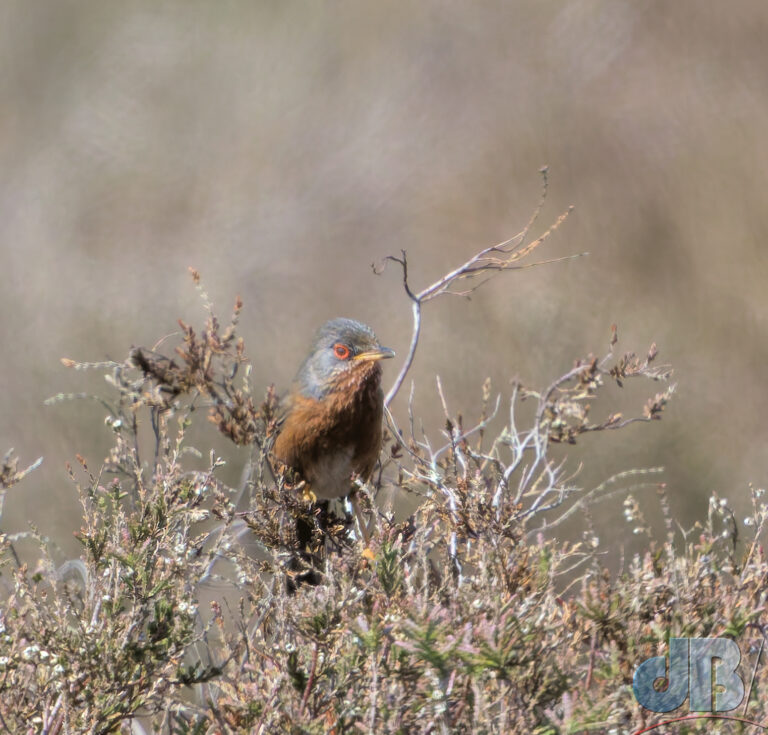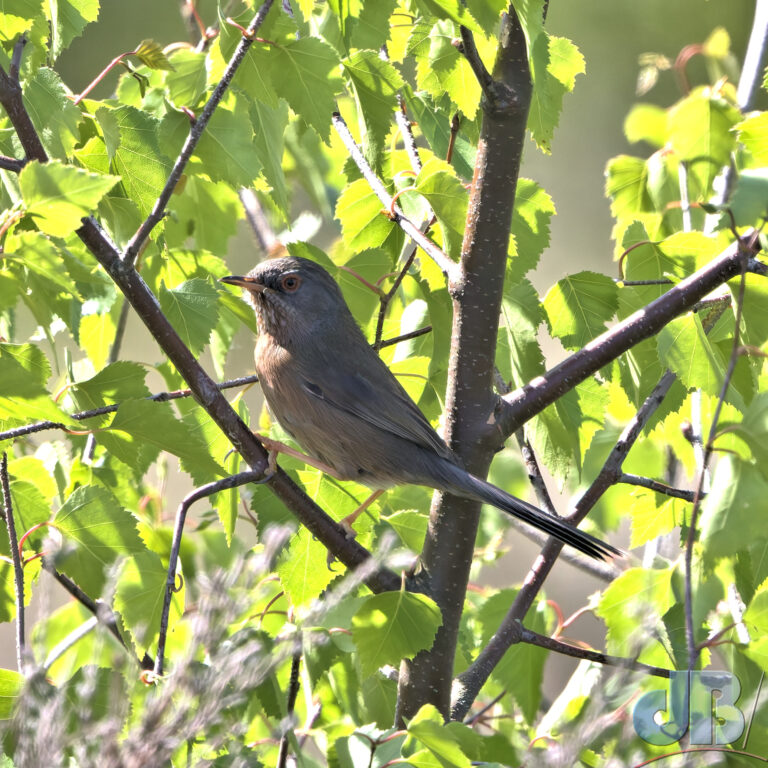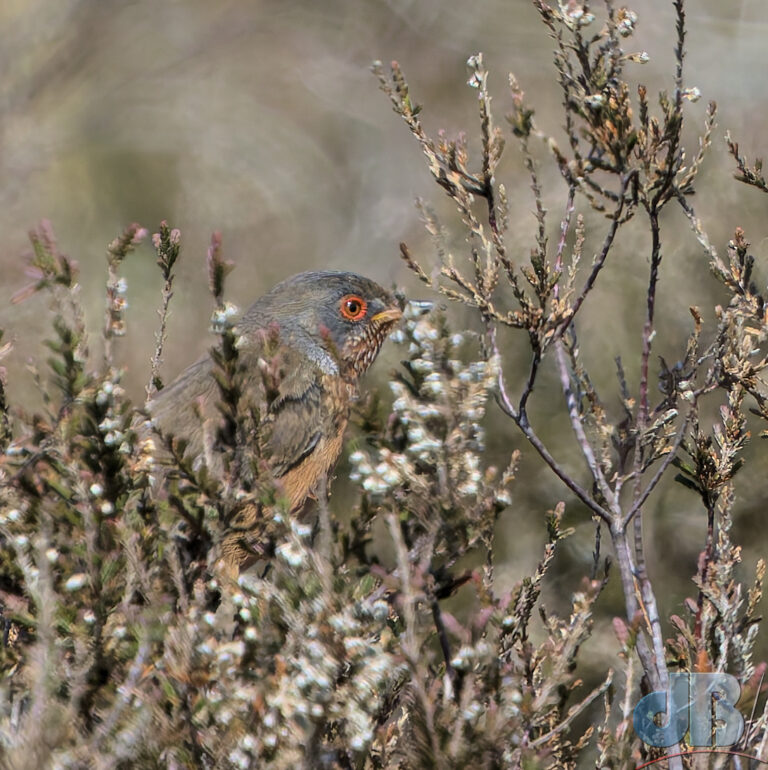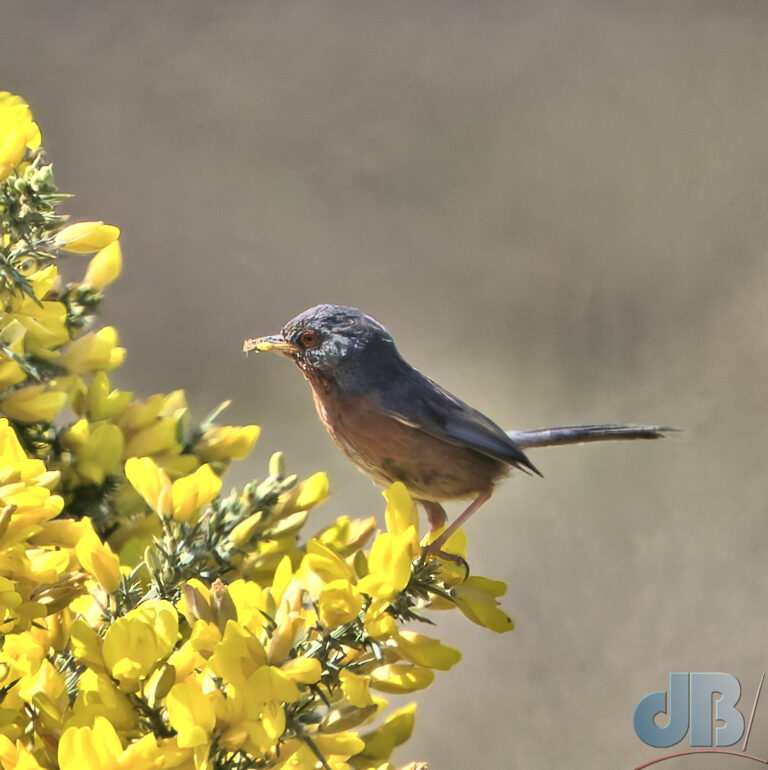The Dartford Warbler doesn’t warble and has little to do with Dartford. It’s ostensibly a bird native to the warmer parts of Europe and North Africa, but there are pockets living and breeding in Southern England and East Anglia. They are, however, very vulnerable to cold winters and don’t tend to thrive or even survive proper winters like those of the early 1960s. The Suffolk coast at NT Dunwich and RSPB Minsmere is probably about as far north as you will see them in the UK, but that will inevitably change with global warming and given suitable heathland habitat these birds will likely extend their range further north, unless stymied by a particularly bleak winter.

The term warbler is a generic term for this sort of bird, but there are dozens of different types of warbler and lots of genus and most of them don’t warble at all. The Dartford of its name comes from the place where the first record specimen was shot and stuffed for posterity (it’s what the early naturalists did, see also netting and pinning insects).

The Dartford Warbler, Curruca undata, is in the same genus as the Lesser Whitethroat (also a warbler) and they both sit in the bird family known as the Sylviidae, which includes the Blackcap, the Whitethroat, and the Garden Warbler, all of which we see in the UK.

We were on Westleton Heath, Suffolk, because the usual patch Dunwich Heath was inaccessible. We counted ten Dartfords on a short walk around the heath. Saw none later in the day at Dunwich.
